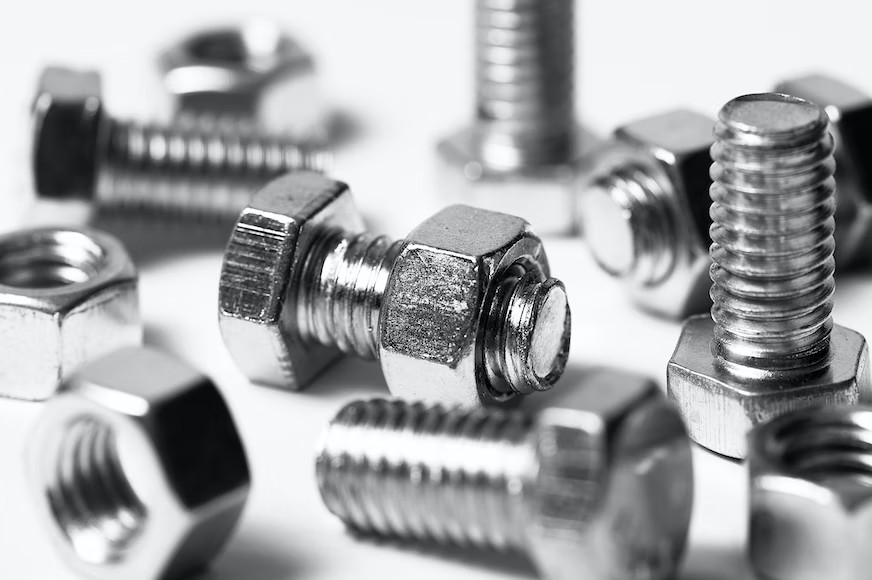Whether you are a contractor or like to engage in DIY projects at home, then you know that having all the right tools and equipment is necessary to get the job done. Some essential tools you might need to build all sorts of things include screwdrivers, hammers, drills, pliers, an adjustable wrench, and a power drill. However, the one tool many people often neglect to include when assembling their basic tool kit is fasteners.
In general, fasteners play a significant role in the construction of many items. Their main purpose is to mechanically hold two or more objects together without causing excess vibration and pressure. These objects can be made of metal, plastic, wood, and concrete which are types of materials that can endure high levels of stress.
Depending upon the site condition, fasteners are often categorized as permanent or temporary units. They are further divided into numerous types, each being used for different purposes. In this post, we outline the four most common types of fasteners and their applications in the construction field.
Washers
Washers are one of the most common types of fasteners used in the construction of items and joining objects together. Their main purpose is to reduce friction, eliminate leakages and prevent the loosening of components due to vibration.
There are several types of washers available, with spring washers being the most commonly used. But many handy homeowners and professionals alike still ask the same questions: what are spring washers and what makes them more special than the other types?
The thing about this washer type is that it helps reduce vibration, has excellent deflection properties, and can take up end play from wear and excessive tolerances. They also come in various subtypes, such as conical spring, curved, and lock washers, each having its own key benefits and different applications.
Bolts and nuts
In many cases, bolts and nuts are used together with washers to mechanically hold things in place. The bolt is typically inserted through the two parts you want to join which are further fastened with a nut on the end.
Although they are both used to join objects together, each offers different benefits and comes in different types.
For example, you can find the nuts in many types and designs, with each providing improved grip and increased torque and being able to fit into various bolt shapes. The most commonly used ones are cap, castle, and weld nuts.
As for bolts, they come with external threads on one of their ends and a hexagonal head on the other. There are many types of bolts available, with hex-head, double-end, and socket-head bolts being the most popular.
Screws
In many cases, screws are very similar to bolts in that both of their male threads start from the tip and have heads in various shapes. However, the main difference between them is that screws often need internal threads to hold objects together, whereas bolts can hold the grip between the unthreaded parts using nuts.
In general, screws are typically self-threading, meaning they can make thread into the object during installation to reduce the need for the previous tapping. You can also find them in different types, with each having its specific purpose in construction and holding two or more things together.
The most common ones are self-drilling, sheet metal, hex leg, deck, and wood screws. To insert them into objects, you need to use a drill to make a pilot hole and then drive the screws in place using a screwdriver.
Nails
Nails are another popular type of fastener that should be included in every toolbox. Many people often mistake screws for nails because of their similar appearance, except that nails don’t have threading. Although this doesn’t help them provide the same holding power as screws, nails have greater shear strength which makes them a better option for many applications.
There are also many types of nails available, each having specific characteristics which make them a more suitable choice to work with specific materials. The most common kinds of nails are box, roofing, and drywall nails.

Final thoughts
In addition to the basic tools you need to include in your tool kit, you also shouldn’t forget your fasteners when engaging in construction projects of any kind. There are many types of fasteners available each having specific characteristics and being used for different purposes to hold two or more objects together.
For more information, refer to our post and read about the most common types of fasteners and their various applications.

